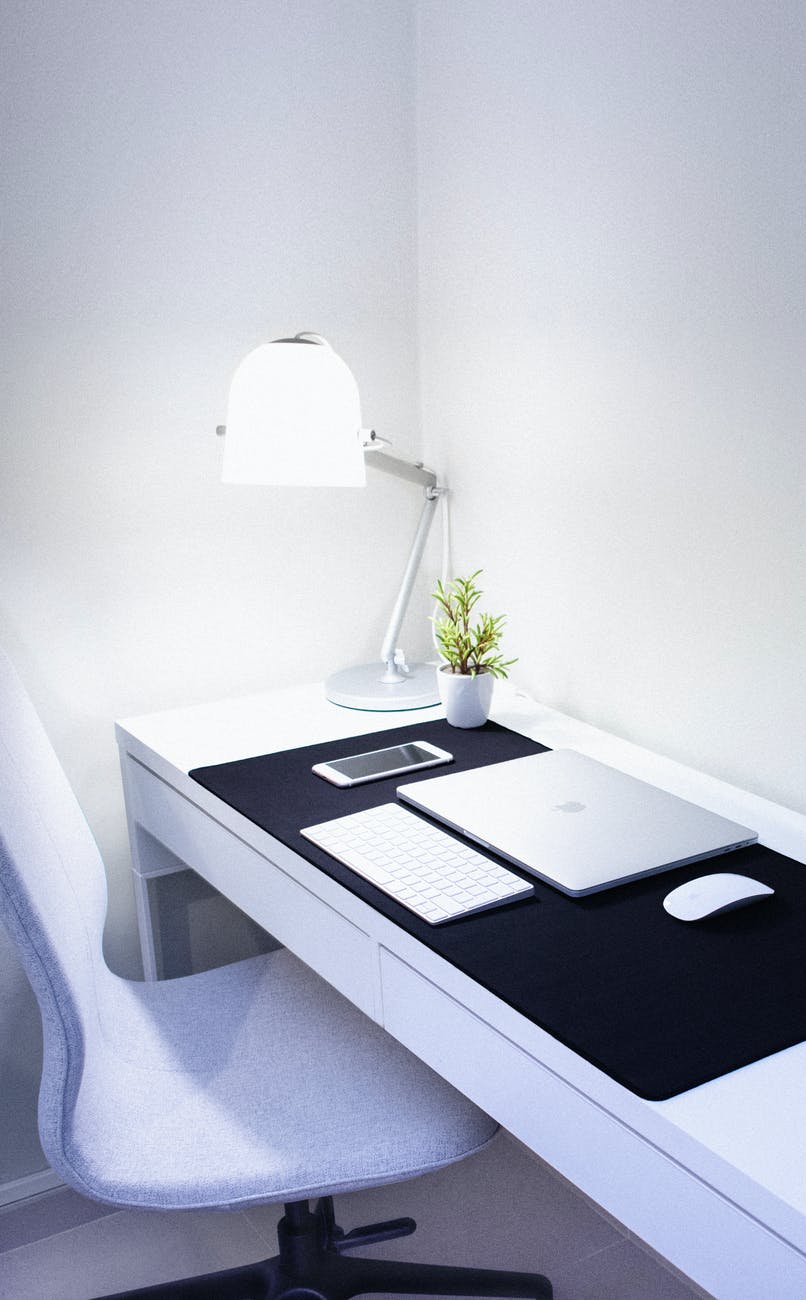Category: Culture
-
The False Dichotomy of Bikes v. Cars
I’ve been engaging with a lot of anti-bike folks on twitter over the past few months. Observations and Thoughts. [Note: these people are sometimes pejoratively called “carbrains” but that’s unfair, I think at lot of people share these views, even if they are not against bikes] 1. The built environment is immutable. When someone says…
-
How To: Work From Home, Be Productive and Stay Sane

I just spent a few minutes looking through my draft posts for inspiration to restart blogging. I came across the oldest draft in my queue, dated November 11, 2009. The post read as follows: I’ve worked from home for 6 of the past 8 years in a variety of workspaces. Initially I worked in my…
-
When Facebook Turns Against You
Yesterday Facebook surfaced one of my aunts posts in which she alluded to a conspiracy theory that the COVID-19 death numbers are being fabricated. Normally my response to these sorts of posts on Facebook these days is to simply hit the “snooze for 30 days” button. But this was my favourite aunt who I’ve respected…